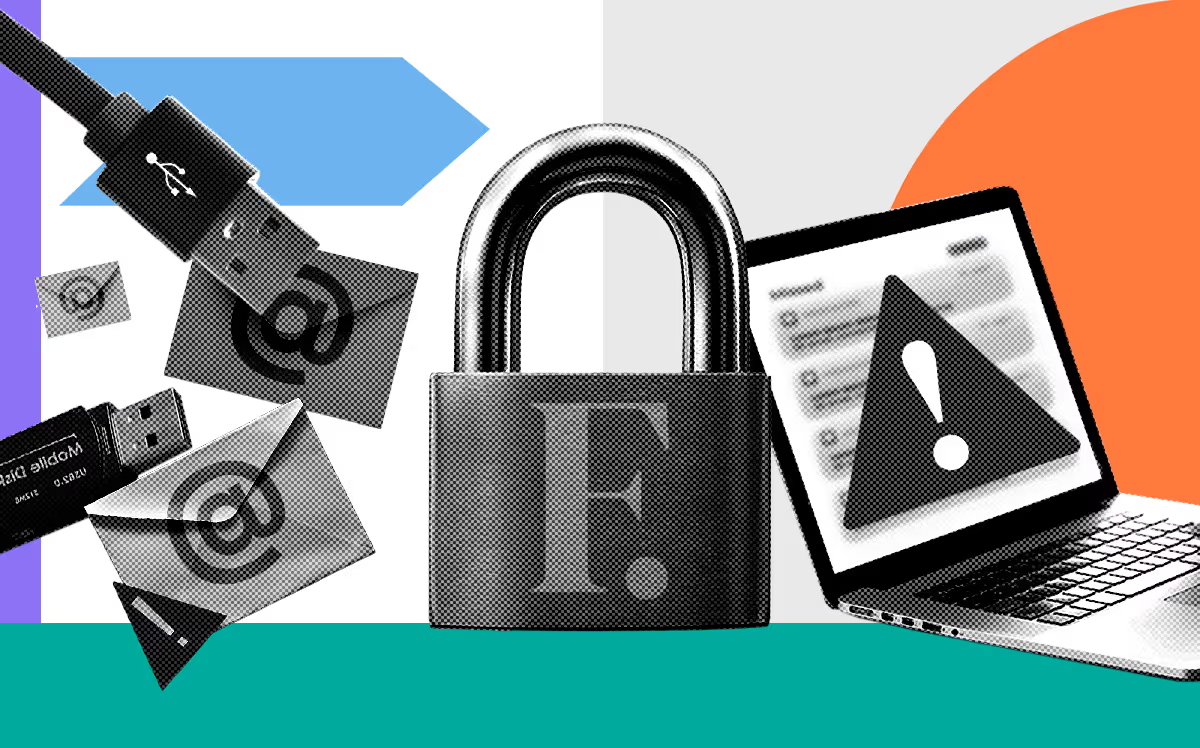Turn fraud prevention into a boardroom priority
For fraud leaders, getting support has never just been about explaining what you do – it's about proving why it matters in business terms. That means making the value of fraud prevention visible, measurable, and clearly tied to business outcomes. At its core, this boils down to one key concept: return on investment (ROI).
Speaking the language of business
Fraud leaders play a critical role in protecting the business – and its customers – from significant losses. Yet, gaining support for projects can often feel like an uphill battle. Why? Often decision-makers think in numbers. To secure funding, you need to translate your mission into a language they understand: measurable, strategic value.
Shift the focus from operational needs to business outcomes. Frame your efforts in terms of ROI. Demonstrate how your initiatives not only mitigate risks but also drive tangible benefits like cost savings, revenue protection, and customer retention. By shifting the conversation to business outcomes, you’re more likely to get buy-in for the resources you need.
Framing your case around ROI
To build a strong business case, start by connecting your work directly to financial impact. Ask yourself:
- How much fraud have you prevented, in real financial terms? How much money have you saved the company through your efforts?
- What would inaction cost the business? What potential losses would the business incur without the specific changes you are proposing to make?
- How does reduced fraud impact customer loyalty? Connect improved security with increased customer lifetime value.
- What is the cost of the technology or new processes you're advocating for? Provide a concrete ROI.
- Are there efficiencies you can create with a new tool? Time savings? Detail how new technologies or processes will pay off in terms of fraud losses avoided or operational efficiencies gained.
For example, instead of saying, "We need to implement this because it’s good for fraud prevention," you can say, "Investing in this system will prevent $X in fraud losses annually, which leads to a 20% increase in profitability and better customer experience."
Steps to building a better business case
Think of your anti-fraud efforts as an investment rather than just a cost centre. To effectively advocate for your work, include these elements:
- Demonstrate measurable savings and revenue protection: Highlight the measurable benefits of your initiatives. How much fraud has been prevented or recovered? How have your actions safeguarded customer relationships and reduced churn? These are tangible outcomes that directly tie into the business’s bottom line.
- Quantify the cost of fraud: Begin by calculating the particular fraud vector you are trying to address with your project. This includes both direct financial losses and indirect costs such as reputational damage, regulatory penalties, and lost customer trust.
- Show efficiency gains: If you’ve implemented technologies or processes that reduce false positives, streamline investigations, or optimise resource allocation, translate these efficiencies into monetary terms.
- Align with strategic objectives: Senior leaders are more likely to support initiatives that align with the organisation’s overarching goals. Whether it’s enhancing customer experience, achieving compliance, or driving digital transformation, position your work as a critical enabler of these goals.
Crafting the right message
Numbers matter – but how you frame them matters more. Avoid technical jargon and always tie your message to business goals. For instance:
- Instead of focusing on fraud prevention as a standalone function, show how it contributes to the wider business.
- Rather than discussing fraud loss reduction in isolation, demonstrate how it protects revenue streams and maintains customer trust.
- Link your fraud initiatives to key strategic priorities, such as improving operational efficiency, reducing regulatory exposure, or driving digital transformation.
This approach ensures that your message aligns with what matters most to executives: growth, revenue, and customer trust. By tying risks to outcomes they care about, you build stronger alignment and increase the likelihood of securing the resources your team needs.
It's time to reframe how fraud leaders position their role in the organisation. By framing your work through the lens of ROI, you’ll not only secure the resources you need but also elevate the strategic importance of fraud prevention. This budget season, focus on building a strong, data-driven business case. The more effectively you can demonstrate the value of your work, the more influence you’ll have in shaping your organisation’s future.
Ready to make your case?
Sign up for the latest news and insights from Fortify

Turn risk into ROI
The Fortify team can help

Find out how we can support your fraud prevention strategy

Related articles
Related articles
Need expert advice?
Get in Touch




